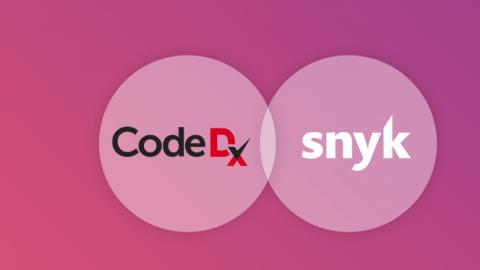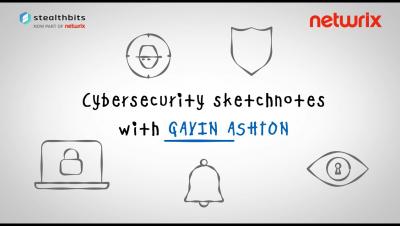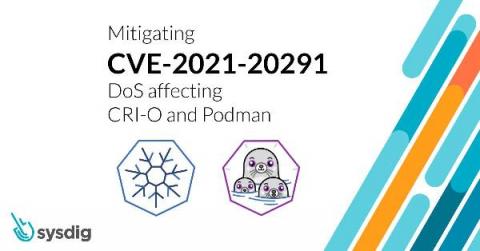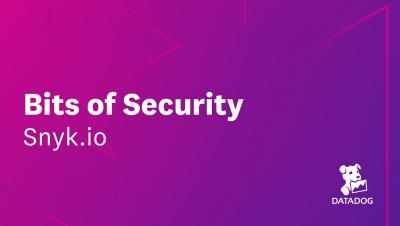Urgent: 5 CVEs being exploited right now by SVR
The mastermind that orchestrated the SolarWinds attack may finally have a name. On Thursday, April 15th, the White House officially announced that the Russian Foreign Intelligence Service (SVR) - also known as APT 29, Cozy Bear, and The Dukes - was responsible for the campaign that exploited the SolarWinds Orion platform. But the attacks are not over yet. A joint advisory from the U.S.











